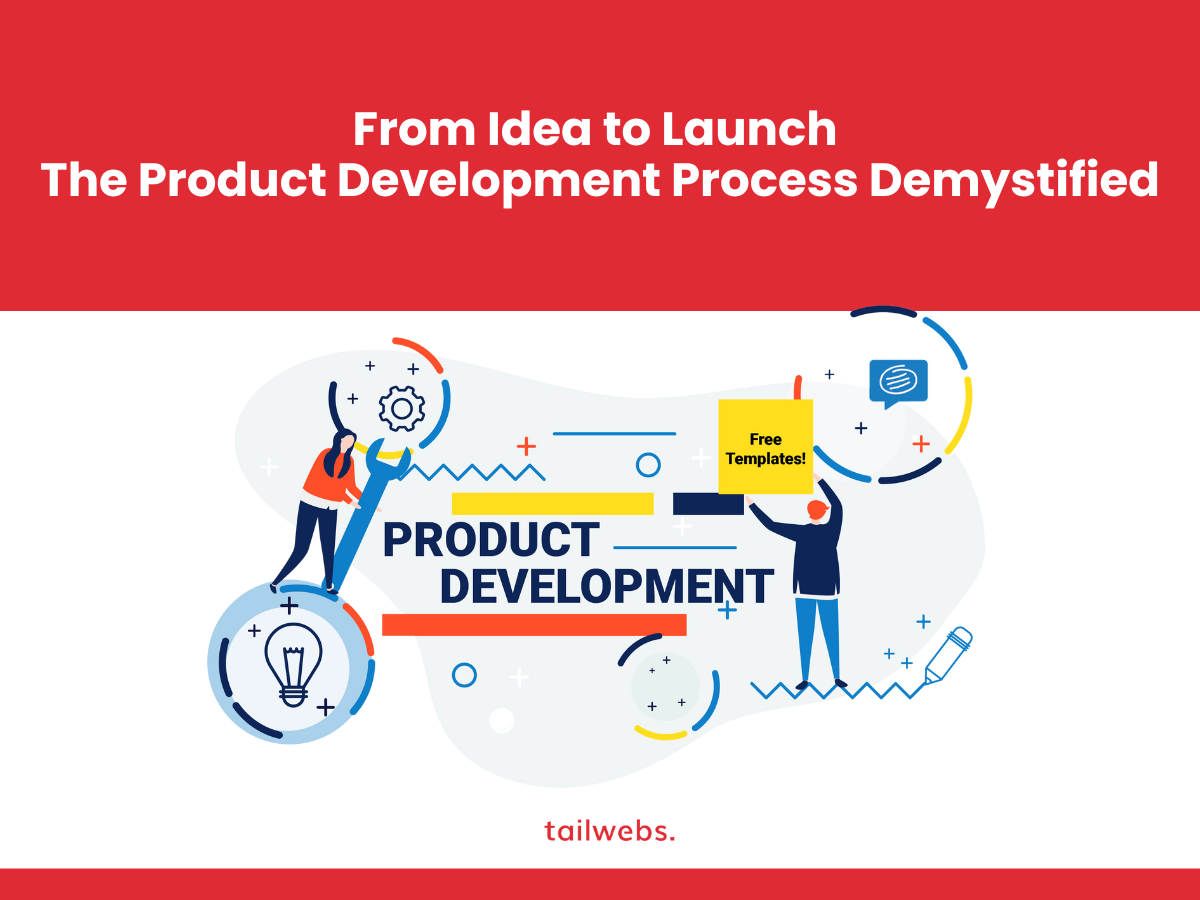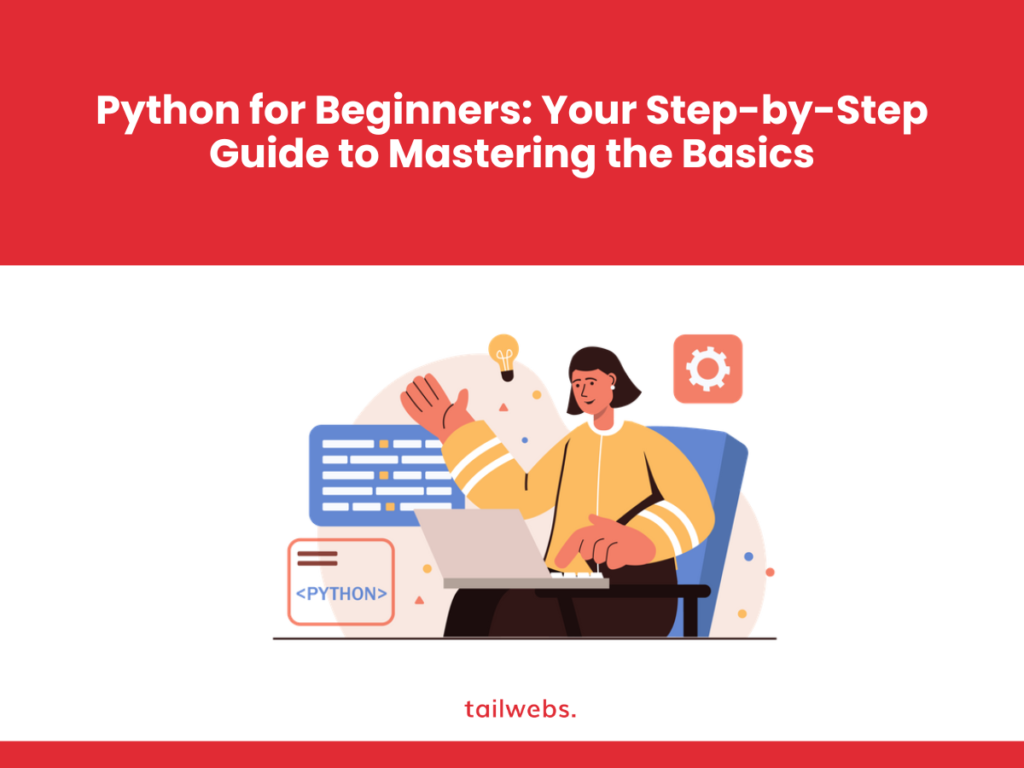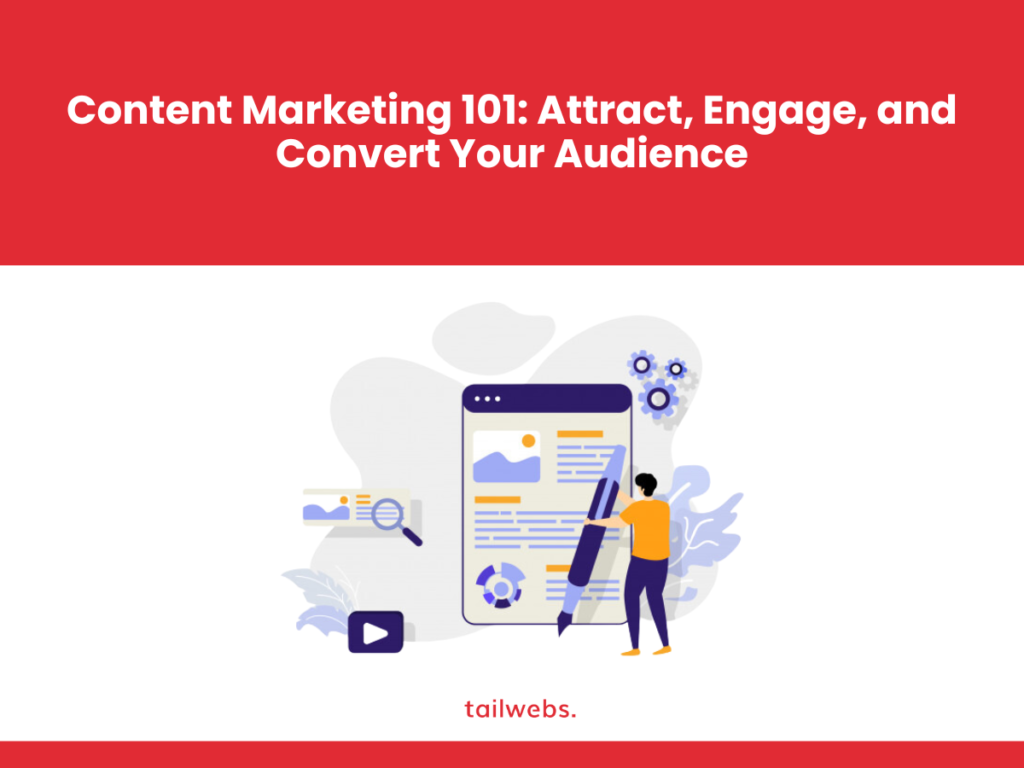Ever had that spark of inspiration, a glimmer of an idea for a product that could solve a problem, fill a gap, or change the world? You’re not alone. Millions of aspiring entrepreneurs and creators harbour such dreams, but the journey from that initial spark to a triumphant product launch can seem like a daunting, uncharted landscape. Fear not, intrepid innovators! This blog is your compass, your map, your guide to demystifying the product development process, navigating the path from that lightbulb moment to a dazzling product launch.
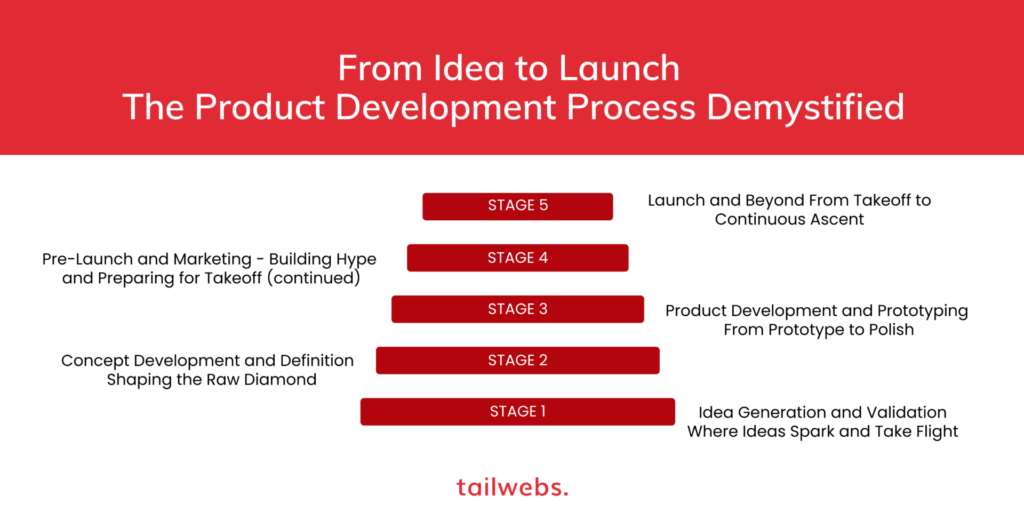
Stage 1: Idea Generation and Validation – Where Ideas Spark and Take Flight
Every epic journey begins with a single step, and in product development, that step is igniting the flame of an idea. This stage is about uncovering a problem worth solving, a need unmet, or an opportunity ripe for the taking. Keep your eyes peeled for everyday frustrations, industry trends, technological advancements – inspiration can strike anywhere! Once you have your idea, it’s time to validate its potential. Conduct market research, talk to potential customers, analyse competitor offerings. Remember, not all ideas are gold – ensuring your product solves a real problem and has a viable market is crucial.
Statistics at a Glance:
- 99% of ideas never make it to market. (Inc. Magazine, 2023)
- 42% of product failures are due to a lack of market need. (ProductSchool, 2023)
Recommended Tools:
Google Trends:
Identify search trends and consumer interest in your target market.
SurveyMonkey:
Conduct online surveys to gather feedback from potential customers.
Lean Startup Canvas:
Develop a concise framework to validate your idea.
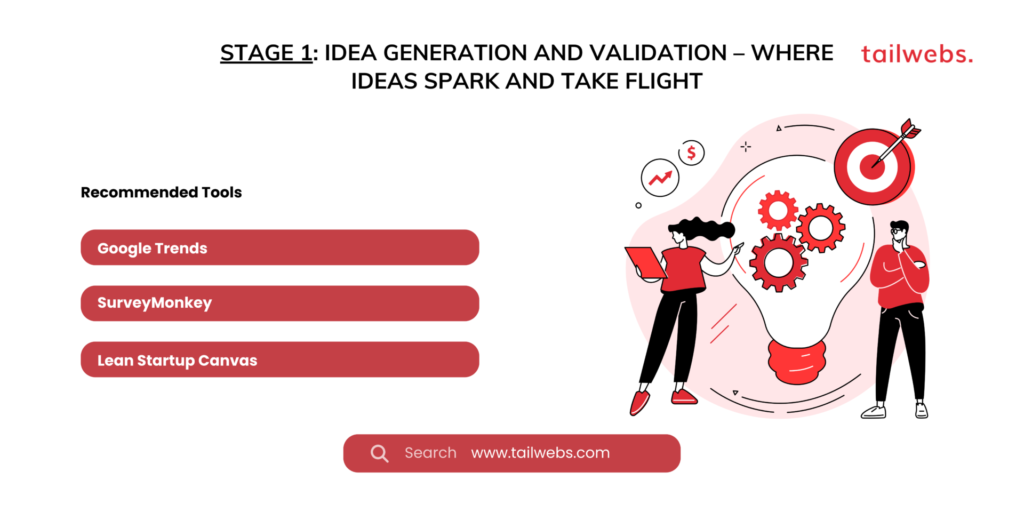
Stage 2: Concept Development and Definition – Shaping the Raw Diamond
With your idea validated, it’s time to refine it into a tangible concept. This stage involves fleshing out the product’s features, benefits, target audience, and competitive landscape.
Define your value proposition:
What makes your product unique and why will people choose it over others?
Develop a product roadmap:
Break down your idea into actionable steps and milestones.
Create prototypes and mockups:
Visualise your product and gather feedback from potential users.
Statistics at a Glance:
- 53% of customers are willing to pay more for a product with a unique value proposition. (Accenture, 2021)
- 67% of companies with documented product roadmaps achieve their goals. (ProductPlan, 2023)
Recommended Tools:
Figma:
A collaborative design platform for creating prototypes and mockups.
Trello:
Organise your development process with visual boards and cards.
Miro:
Brainstorm and collaborate on ideas with online whiteboards.
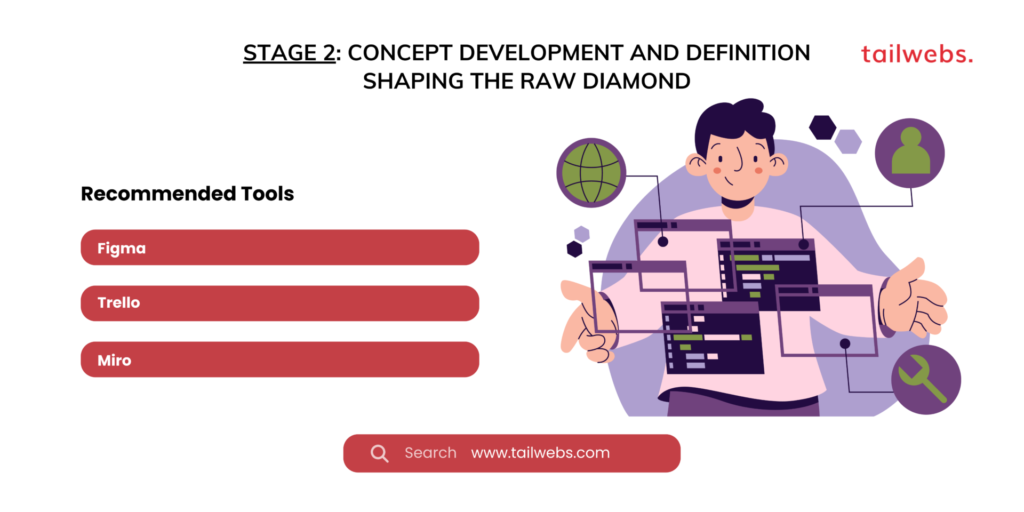
Stage 3: Product Development and Prototyping – From Prototype to Polish
Now comes the exciting (and sometimes messy) part: bringing your vision to life. This stage involves designing, engineering, and building your product prototype. It’s a phase of intense iteration, testing, and refining to ensure your product meets the needs of your target audience.
Develop your product features:
Prioritise functionalities based on user feedback and market research.
Design and engineer your product:
Assemble your team of designers, engineers, and manufacturers.
Build and test prototypes:
Create iterative prototypes to gather feedback and refine your design.
Statistics at a Glance:
- 37% of product failures are due to poor product design. (ProductSchool, 2023)
- Rapid prototyping can reduce development time by up to 60%. (Fast Company, 2022)
Recommended Tools:
Sketch:
A powerful design tool for user interface and user experience (UI/UX) design.
SOLIDWORKS:
A leading 3D design and engineering software.
Fusion 360:
A cloud-based 3D modelling, design, and manufacturing platform.
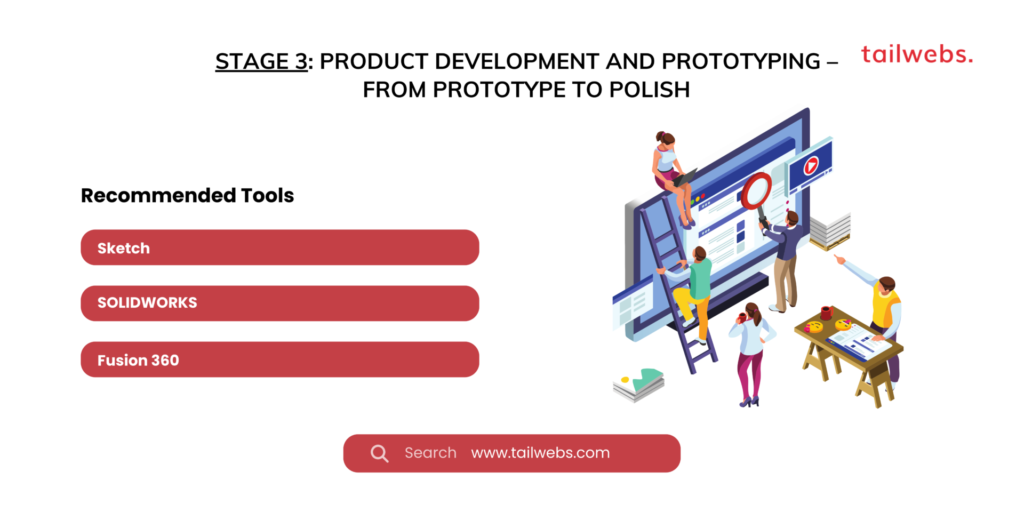
Stage 4: Pre-Launch and Marketing – Building Hype and Preparing for Takeoff
Develop your marketing strategy:
Identify your target audience and choose the right channels to reach them. Focus on building brand awareness through social media, PR outreach, and targeted advertising. Craft a compelling brand story that resonates with your audience and highlights the value proposition of your product.
Secure funding:
Explore options like bootstrapping, crowdfunding, or angel investors. If seeking external funding, prepare a pitch deck that showcases your product’s potential, market opportunity, and competitive advantage. Remember, investors are looking for a clear vision, a solid business plan, and a passionate team.
Build anticipation and generate buzz:
Pre-launch campaigns can be powerful tools for generating excitement and driving early adopters. Offer early access programs, create teaser campaigns, and engage with potential customers through social media and online communities.
Refine your product based on feedback:
The pre-launch stage is an excellent opportunity to gather final feedback from beta testers and early adopters. Use this feedback to refine your product and ensure it meets the needs of your target audience before the official launch.
Statistics at a Glance:
- 70% of customers learn about new products through word-of-mouth. (Nielsen, 2023)
- A successful pre-launch campaign can double or even triple launch day sales. (Entrepreneur Magazine, 2022)
Recommended Tools:
HubSpot Marketing Hub:
Manage your social media, email marketing, and content creation efforts.
Sprout Social:
Track brand mentions and engage with customers on social media.
Mailchimp:
Create and send engaging email campaigns to reach your target audience.
Kickstarter/Indiegogo:
If seeking crowdfunding, choose a platform that aligns with your target audience and campaign goals.

Stage 5: Launch and Beyond – From Takeoff to Continuous Ascent
The culmination of all your hard work arrives: the product launch! Promote your product through press releases, launch events, social media campaigns, and influencer marketing. Be prepared for a high volume of inquiries and requests. Monitor customer feedback and address any issues promptly.
But remember, launch is not the finish line, it’s the starting point for continuous growth and improvement.
Gather and analyse data:
Track key metrics like website traffic, user engagement, conversion rates, and sales. Use this data to understand your customers, optimise your marketing efforts, and refine your product roadmap.
Maintain and update your product:
Address bugs and issues promptly. Implement new features and improvements based on user feedback and market trends.
Build a community around your product:
Create a space for your customers to connect with each other and share their experiences. Foster a positive and supportive brand community.
Remember, product development is an iterative process. Be open to feedback, adapt to changing market conditions, and continuously learn and improve. With dedication, passion, and a data-driven approach, you can transform your product from a bright idea into a thriving success story.
Conclusion:
The journey from idea to launch is filled with challenges and triumphs. But by understanding the product development process, embracing data-driven insights, and staying adaptable, you can navigate this exciting adventure and turn your dream product into a reality. So, unleash your creativity, embrace the journey, and get ready to launch your innovation into the world!
Call to Action:
- Share your product development stories and challenges in the comments below!
- Do you have any questions about the product development process? Ask away!
- Are you ready to start your own product journey? Let’s get inspired and take action together!

